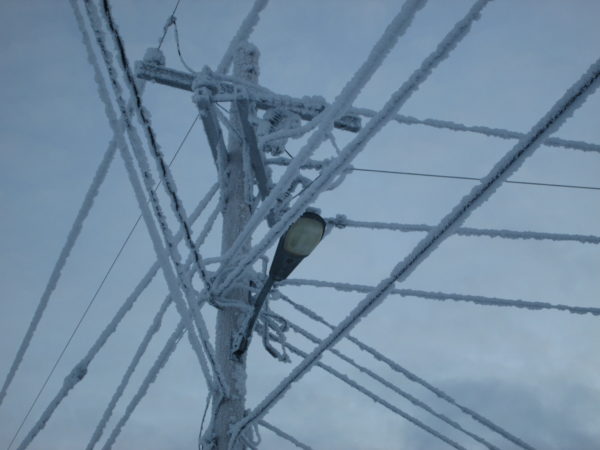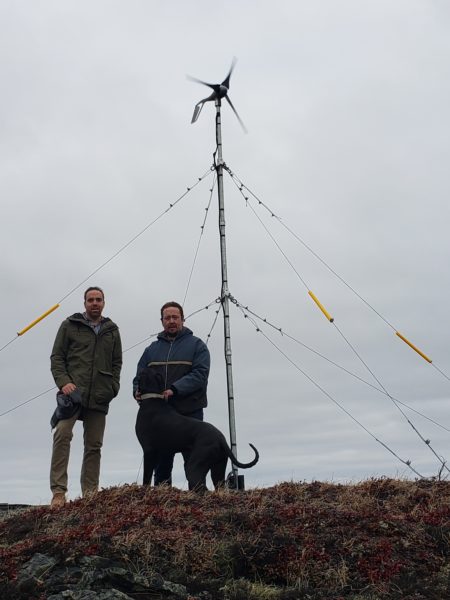Northern inspiration for action on climate change
Rankin Inlet, Nunavut is a remote hamlet on the northwestern shores of Hudson Bay. There are no roads connecting it to neighbouring communities. There are no trees. The average annual temperature is well below freezing. It’s a uniquely beautiful and challenging environment that complicates even the little things – like turning on the lights.
Like Nunavut’s 24 other remote communities, Rankin Inlet has its own electricity grid, powered completely by diesel fuel. That diesel is expensive, pollutes local air quality, produces greenhouse gas emissions that are contributing to warmer temperatures and, when occasionally spilled, destroys habitats and ecosystems – for people and wildlife.
This year, with the support of WWF-Canada, the hamlet decided to explore options for reducing, and even replacing, its diesel use. The progress in less than a year in one of the world’s most unforgiving environments should give us all hope as we struggle to modernize energy systems in communities of varying sizes across the country.
Here’s what this community of 2,800 has accomplished in 2018:
Training local renewable energy champions
Testing new technologies is risky business in fly-in communities. Getting a replacement part can take months to ship, and good luck getting a technician to come by to fix it. Self-reliance is key in the north. So before renewable or even efficient technologies can be introduced, residents must become the experts. This year, WWF-Canada sponsored Blaine Chislett, a born-and-raised Rankin Inlet resident, to travel south to participate in Catalyst 2020, a hands-on program to support the adoption of clean energy projects in Indigenous communities.
Identifying five options for reducing diesel use
A community-scale wind energy system has the greatest potential to reduce diesel use while providing the most reliable energy security, but it also takes a long time to plan and install (up to nine years) and even longer to pay back (up to 20 years). While there is significant interest in wind energy in Rankin Inlet, the community has also identified shorter-term and cheaper options to reduce diesel, including energy efficiency training and upgrades, solar energy for cabins and homes, community-scale solar energy systems, and expanding the existing heat loop, which currently directs waste heat from diesel generators to heat some of the larger buildings around town.
Installing a wind measurement (met) tower
At the end of August, a meteorological tower was installed in Rankin Inlet that will collect wind data for at least a year to determine if a wind turbine development project is financially viable. “This allows us to make informed decisions about whether wind energy is right for us, and what it will do for us,” said Mike Shouldice, Rankin Inlet hamlet councillor.
Adopting easy energy-reduction tricks
Kids in the community joined a hands-on event to learn about energy usage and waste, especially with common home appliances. Encouraged by an eight-to-12 per cent reduction in electricity use in Alaska after community members adopted energy monitoring devices, WWF-Canada hosted the event that included changing lightbulbs and measuring the energy difference from this simple action.
In the past year and a half, Rankin Inlet has gone from asking questions about renewable energy to installing a met tower and training a community member in renewable energy technology. This rapid shift shows that communities are eager to take control of their energy needs, and there are many opportunities to reduce reliance on diesel-powered energy.





